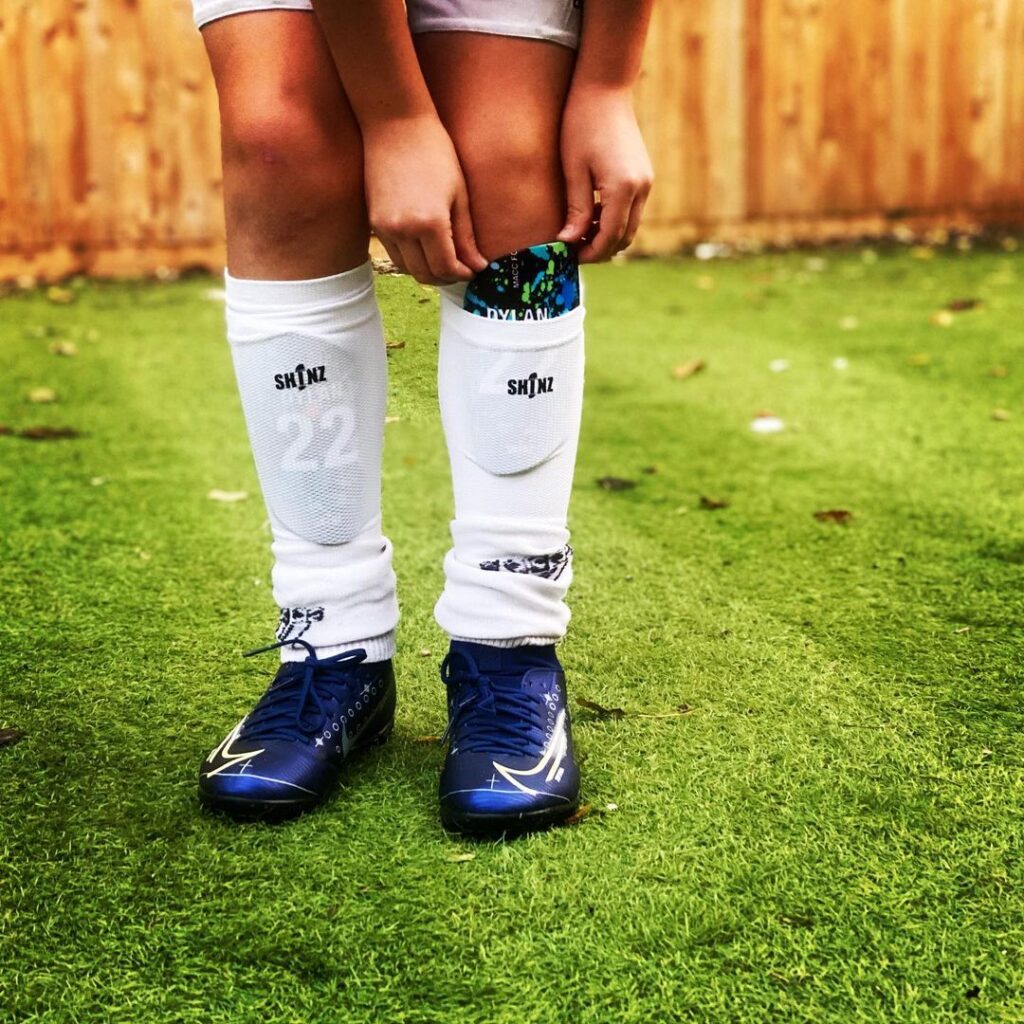
Shin pads are an essential piece of equipment for athletes who participate in contact sports such as soccer, hockey, and rugby. They provide crucial protection to the lower leg area, including the shin bone, which is prone to injury during gameplay. When it comes to selecting shin pads, athletes are often faced with a choice between foam and hard-shell shin pads. While both options offer protection, they have distinct differences in terms of construction, comfort, and performance. In this article, we will explore the differences between foam and hard-shell shin pads to help athletes make an informed decision.
Foam Shin Pads
Foam shin pads are a popular choice among athletes of all levels. One of the main advantages of foam shin pads is their flexibility. The soft foam material allows for a greater range of motion, making it easier for athletes to move and perform agile movements on the field. This flexibility is particularly beneficial for sports that require quick changes in direction, such as soccer and rugby.
Furthermore, foam shin pads are generally more affordable than their hard-shell counterparts. This makes them an attractive option for athletes who are on a budget or who are new to the sport. Foam shin pads are also relatively easy to maintain, as they can often be machine-washed and dried.
However, there are some limitations to foam shin pads. While they offer adequate protection for most sports, they may not be suitable for high-impact contact sports such as hockey. In such sports, the force of impact from a puck or stick can be substantial, and foam shin pads may not provide enough protection to prevent injury.
Hard-Shell Shin Pads
Hard-shell shin pads, as the name suggests, are constructed with a rigid outer shell that provides a higher level of protection. One of the main advantages of hard-shell shin pads is their superior protection. This makes hard-shell shin pads particularly suitable for sports like hockey, where the risk of high-impact contact is prevalent.
Hard-shell shin pads also offer enhanced stability and support to the lower leg. The rigid construction helps to distribute the force of impact more evenly, reducing the risk of injury. This feature is especially beneficial for athletes who have had previous lower leg injuries or who require extra stability due to their playing style.
Despite their advantages, hard-shell shin pads do have some drawbacks. Compared to foam shin pads, hard-shell shin pads can be heavier and less flexible. This can affect an athlete’s mobility and agility on the field, particularly in sports that require quick movements and changes in direction. Additionally, hard-shell shin pads tend to be more expensive than foam shin pads, making them less accessible for athletes on a limited budget.
Choosing Between Foam and Hard-Shell Shin Pads
When it comes to choosing between foam and hard-shell shin pads, there are several factors to consider, including the type of sport, personal preferences, and budget. The rigid construction and enhanced protection make them better suited for these types of sports.
On the other hand, athletes participating in sports that require flexibility and agility, such as soccer or basketball, may benefit more from foam shin pads. The lightweight and flexible nature of foam shin pads allow for greater freedom of movement, enabling athletes to perform at their best.
Personal preference also plays a significant role in the decision-making process. Some athletes may prioritize protection above all else and are willing to sacrifice some flexibility and mobility for the added safety offered by hard-shell shin pads. Others may value comfort and range of motion more, opting for the flexibility of foam shin pads.
Lastly, budget constraints should also be taken into account. Foam shin pads are generally more affordable than hard-shell shin pads, making them a popular choice for athletes on a budget or those who are new to the sport.
Conclusion
In conclusion, the choice between foam and hard-shell shin pads depends on a variety of factors, including the type of sport, personal preferences, and budget. Foam shin pads offer flexibility, comfort, and affordability but may not provide adequate protection for high-impact contact sports. Hard-shell shin pads, on the other hand, offer superior protection, stability, and durability but can be heavier and less flexible. Athletes should carefully consider these factors and choose the type of shin pads that best align with their specific needs and requirements. Remember, the ultimate goal is to prioritize safety while ensuring optimal performance on the field.

